Commentary: People thought 'A Charlie Brown Christmas' would fail. Sincerity powered its success
Published in Op Eds
It’s hard to imagine the holidays without “A Charlie Brown Christmas.” The 1965 broadcast has become a staple of the season for many generations.
But this beloved TV special almost didn’t make it to air. CBS executives thought the 25-minute program was too slow, too serious and too different from the upbeat spectacles they imagined audiences wanted. A cartoon about a depressed kid seeking psychiatric advice with no laugh track, lo-fi animation and a Bible passage seemed destined to fail.
Yet against all the odds, it became a classic. The program turned “Peanuts” from a popular comic strip into a multimedia empire — not because it was flashy or followed the rules, but because it was sincere.
As a business professor who has studied the “Peanuts” franchise, I see “A Charlie Brown Christmas” as a fascinating historical moment. These days it’s unlikely that an unassuming comic strip character voicing hefty, thought-provoking ideas would make it to air. The special came together out of a last-minute scramble. Somewhat out of the blue, producer Lee Mendelson got a call from advertising agency McCann-Erickson: Coca-Cola wanted to sponsor an animated Christmas special.
Mendelson had previously failed to convince the agency to sponsor a “Peanuts” documentary. This time, though, he assured McCann-Erickson that the characters would be a perfect fit.
Mendelson called up comic strip creator Charles “Sparky” Schulz and told him he had just sold “A Charlie Brown Christmas” — and they would have mere months to write, animate, and bring the special to air.
Schulz, Mendelson and animator Bill Melendez worked fast to piece together a storyline. The cartoonist wanted to tell a story that cut through the glitz of holiday commercialism and brought the focus back to something deeper.
While Snoopy tries to win a Christmas lights contest, and Lucy names herself “Christmas queen” in the neighborhood play, a forlorn Charlie Brown searches for “the real meaning of Christmas.” He makes his way to the local lot of aluminum trees, a fad at the time. But he’s drawn to the one real tree — a humble, scraggly little thing — inspired by Hans Christian Andersen’s fairy tale “The Fir Tree.”
Those plot points would likely delight the network, but other choices Schulz made were proving controversial.
The show would use real children’s voices instead of adult actors’, giving the characters an authentic, simple charm. And Schulz refused to add a laugh track, a standard in animated TV at the time. He wanted the sincerity of the story to stand on its own, without artificial prompts for laughter.
Meanwhile, Mendelson brought in jazz musician Vince Guaraldi to compose a soundtrack. The music was unlike anything typically heard in animated programming, blending provocative depth with the innocence of childhood.
Most alarming to the executives was Schulz’s insistence on including the heart of the Nativity story in arguably the special’s most pivotal scene.
When Charlie Brown joyfully returns to his friends with the spindly little tree, the gang ridicules his choice. “I guess I really don’t know what Christmas is all about,” he sighs.
Gently but confidently, Linus assures him, “I can tell you what Christmas is all about.” Calling for “Lights, please,” he quietly walks to the center of the stage.
In the stillness, Linus recites the Gospel of Luke, Chapter 2, with its story of an angel appearing to trembling shepherds: “And the angel said unto them, Fear not: for, behold, I bring you tidings of great joy, which shall be to all people. For unto you is born this day in the city of David a savior, which is Christ the Lord.”
He concludes with the words of the “great company” who appeared with the heavenly host: “Glory to God in the highest, and on earth peace, good will toward men,” and picks up his security blanket and walks into the wings. The rest of the gang soon recognizes that Charlie Brown’s tree isn’t so bad, after all — it just “needs a little love.”
When Schulz discussed this idea with Mendelson and Melendez, they were hesitant. For much of U.S. history, Protestant Christianity was the default in American culture, but in the years since World War II, society had grown somewhat more mindful of making room for Catholic and Jewish Americans. Unsure how to handle the shifting norms, many mainstream entertainment companies in the 1960s tended to avoid religious topics.
When they saw the proofs of the special, CBS executives were spooked by the Bible aspects. But there was simply no time to redo the entire dramatic arc and pulling it was not an option, given that the sponsor’s advertisements had already run.
Fortunately for the “Peanuts” franchise, when the special aired on Dec. 9, 1965, it was an instant success. Nearly half of American households tuned in, and the program won an Emmy and a Peabody Award. Schulz had tapped into something audiences were craving: an honest, heartfelt message that cut through the commercialism.
Millions of viewers have continued to tune in to the special in the almost 60 years since it first aired.
When I was researching my spiritual biography of Schulz, one of my favorite finds was a 1965 letter from a Florida viewer, Betty Knorr. She praised the show for stressing “the true meaning of the Christmas season” at a time when “the mention of God in general [is] being hush hushed.”
The magic of Schulz’s work, though, is that it resonates across demographics and ideologies. Some fans find comfort in the show’s gentle message of faith, while others embrace it in a purely secular way.
Schulz’s art and gentle humor act as safe entry points for some pretty hefty thoughts — be they psychiatric, cultural or theological. Or “Peanuts” cartoons can simply be heartwarming, festive entertainment.
Today, both the “Peanuts” empire and the Christmas industry are thriving. Back in the 1960s, commercial realities almost derailed Schulz’s special, yet those same forces ultimately ensured its broadcast. The result is a lasting touchstone of innocence, hope and belief.
____
Stephen Lind is an associate professor of clinical business communication at USC’s Marshall School of Business and the author of “A Charlie Brown Religion.” This article was produced in partnership with the Conversation.
©2024 Los Angeles Times. Visit at latimes.com. Distributed by Tribune Content Agency, LLC.















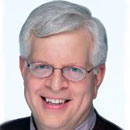


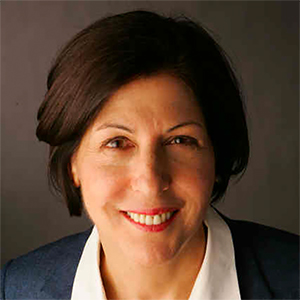





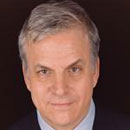























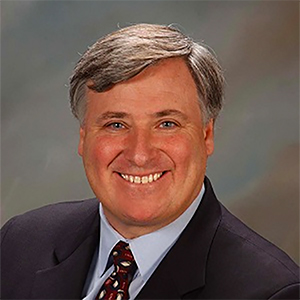




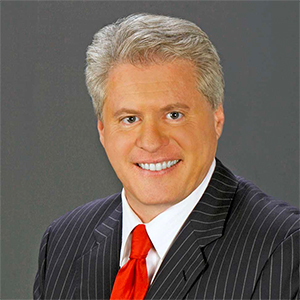
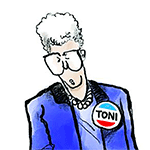


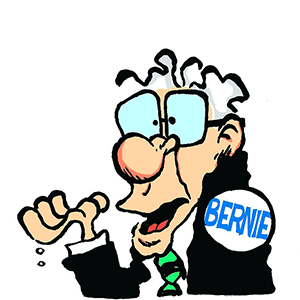

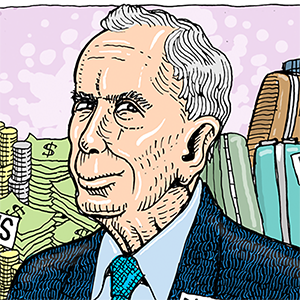
Comments